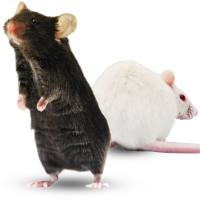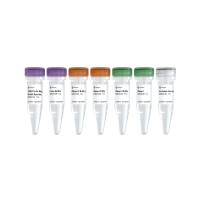The Model Organism Dictyostelium discoideum
互联网
606
Much of our knowledge of molecular cellular functions is based on studies with a few number of model organisms that were established during the last 50 years. The social amoeba Dictyostelium discoideum is one such model, and has been particularly useful for the study of cell motility, chemotaxis, phagocytosis, endocytic vesicle traffic, cell adhesion, pattern formation, caspase-independent cell death, and, more recently, autophagy and social evolution. As nonmammalian model of human diseases D . discoideum is a newcomer, yet it has proven to be a powerful genetic and cellular model for investigating host–pathogen interactions and microbial infections, for mitochondrial diseases, and for pharmacogenetic studies. The D . discoideum genome harbors several homologs of human genes responsible for a variety of diseases, �including Chediak-Higashi syndrome, lissencephaly, mucolipidosis, Huntington disease, IBMPFD, and Shwachman-Diamond syndrome. A few genes have already been studied, providing new insights on the mechanism of action of the encoded proteins and in some cases on the defect underlying the disease. The opportunities offered by the organism and its place among the nonmammalian models for human diseases will be discussed.








